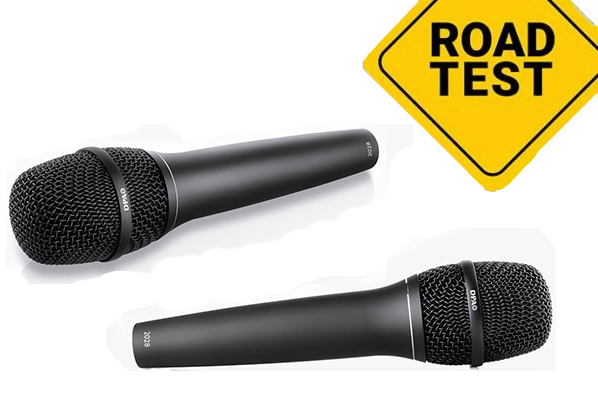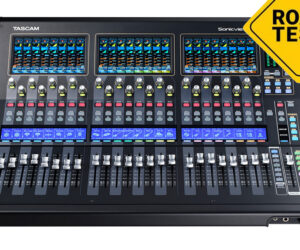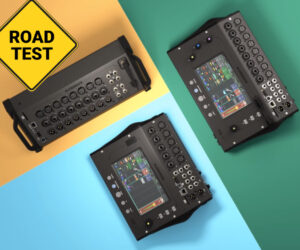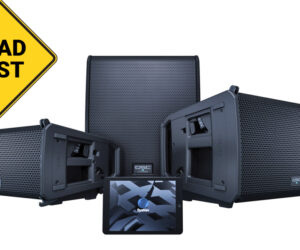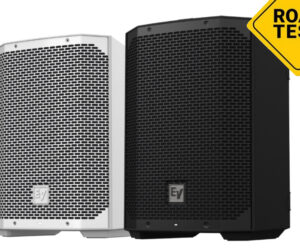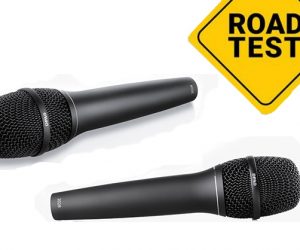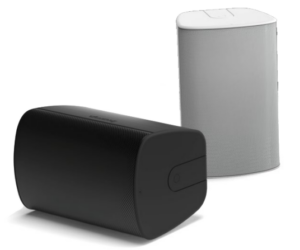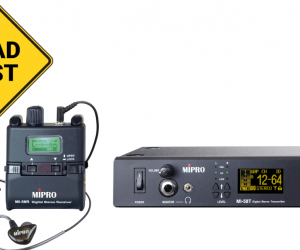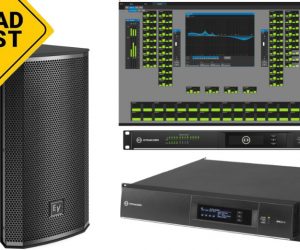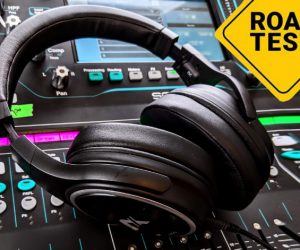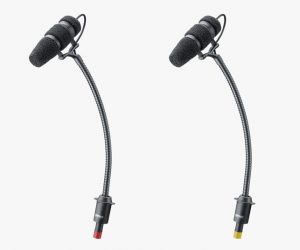I like surprises and received a big one when a couple of months ago, a package was delivered with a DPA 2028 vocal microphone for evaluation. Based in Denmark, DPA produces some excellent mics, including a few headworn units I have in my inventory.
The 2028 is a condenser model designed for the unique challenges of capturing live vocals, equipped with a 3-step pop protection system designed to effectively reduce wind and pop noises. It consists of an outer metal mesh grille, an inner foam windscreen, and an additional inner fine metal mesh pop filter that surrounds the capsule.
The capsule is designed to handle high sound pressure levels (stated as 160 dB max SPL before clipping). Uniform supercardioid directivity is intended to reduce feedback issues, while the capsule’s shock mount helps eliminate handling noise.
The 2028 is available in a wired version with a black handle or in two screw-on capsules for a variety of wireless systems. One fits standard Shure, Lectrosonics, Sony and additional transmitters, and the other works with a range of Sennheiser transmitters. It’s designed for standard +48-volt phantom power, but the user manual states that it will also operate at lower supply voltages.
Stated frequency response is 20 Hz to 20 kHz and nominal sensitivity is 5 mV/Pa, -46 dB (+/- 3 dB at 1 kHz). Total Harmonic Distortion is listed as <1 percent up to 139 dB, and the specs also say that dynamic range is typically 117 dB and output impedance 150 ohms. The wired version measures 1.9 x 7.4 inches (W x L) and weighs 10.1 ounces. The mic ships (clip included) in a rugged, foam-fitted zipper case that also has extra space for stuff like external windscreens.
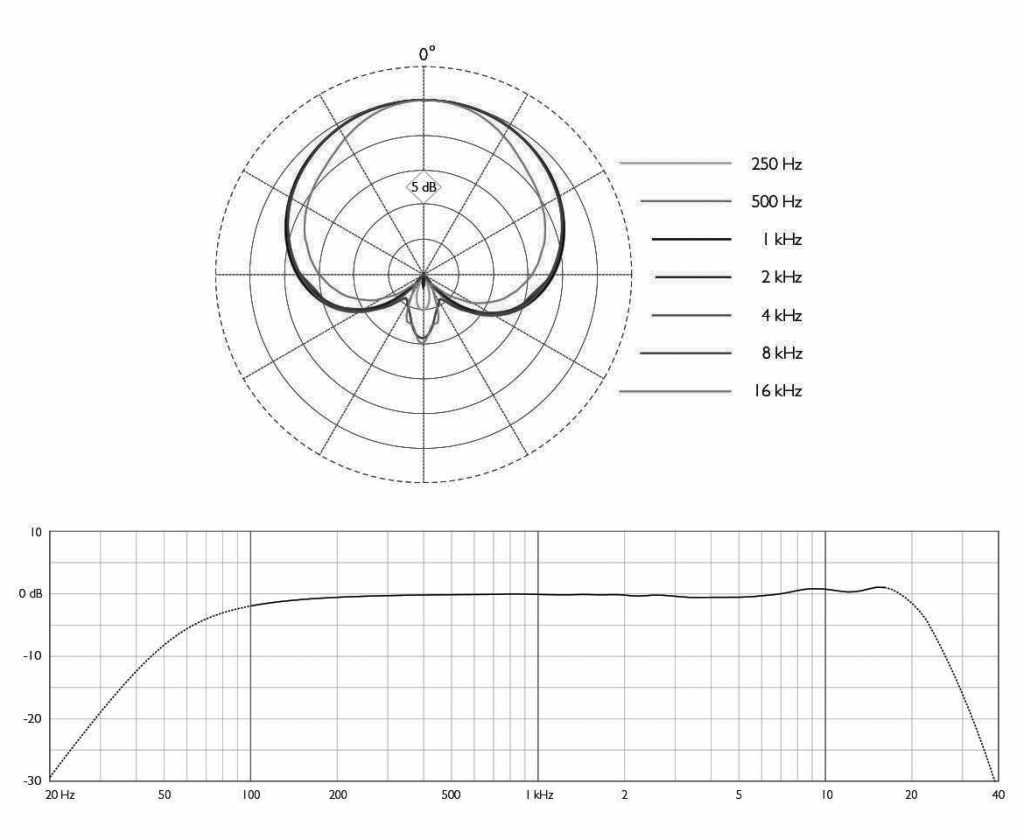
Out Of The Box
The first thing I noticed when unpacking the 2028 was how nice it felt in my hand. The tapered handle has a shape that fits the contours of the hand very well, and it also made me to hold the mic correctly and not wrap my hand around the head (as too many vocalists do these days, altering the sonic signature). It’s also a great-looking unit with an all-black finish, the grille is rugged, and overall, the mic is very solid indeed.
When plugging in the mic at my test bench, I quickly found that it almost makes my voice sound great (which is saying something because I have a voice for magazine writing – and a face for radio). The off-axis rejection is excellent, especially to the rear. While many performers who would be using a mic at this price point are probably on in-ear monitors, a good number of performers still prefer wedges, so the tight rejection of sound from monitor (and other off-axis sources) at the sides and rear is most welcome. Unscrewing the top reveals the inner mesh pop filter that can also screw off for cleaning or replacement if it gets damaged. Taking off that filter exposes the cartridge.
I had a few folks at my shop check out the mic as well, and while none are singers, they were all impressed at how nice it sounded with their voices. I didn’t need EQ to make their voices sound natural either. The mic has a very even frequency response with no major dips or bumps over its entire range. Satisfied that it wasn’t damaged in transit and was in proper working order, it was time to hit the road.
Steps Along The Way
The first stop was a visit to a colleague’s church to deploy the 2028 with a praise band. We decided to try it with a female vocalist who sings loud and is known for hitting some very high notes during performances.
She sounded great, and with little to no EQ, and she commented to me how good it sounded in the floor wedges. For his part, my colleague also noted the sonic quality as well as his appreciation for the tight off-axis rejection – there was basically nothing but vocal signal in the channel on a small and loud stage.
Next up was a corporate gig where we deployed the 2028 as my VOG (Voice of God) announce mic at front of house. Unfortunately, we needed wireless headworn mics for the presenters so we couldn’t use the 2028 on stage, but I got to say exciting things like, “Ladies and Gentleman, please find a seat and silence your cell phones, the program will begin in five minutes” through the mic. I think this was among the more pricey VOG mics I’ve ever used, and certainly never sounded better in the role.
A more suitable application followed when we utilized the 2028 as I had a for a corporate band playing a company party at a casino ballroom. We put the mic on the male lead vocalist; no surprise, there was an excellent result.
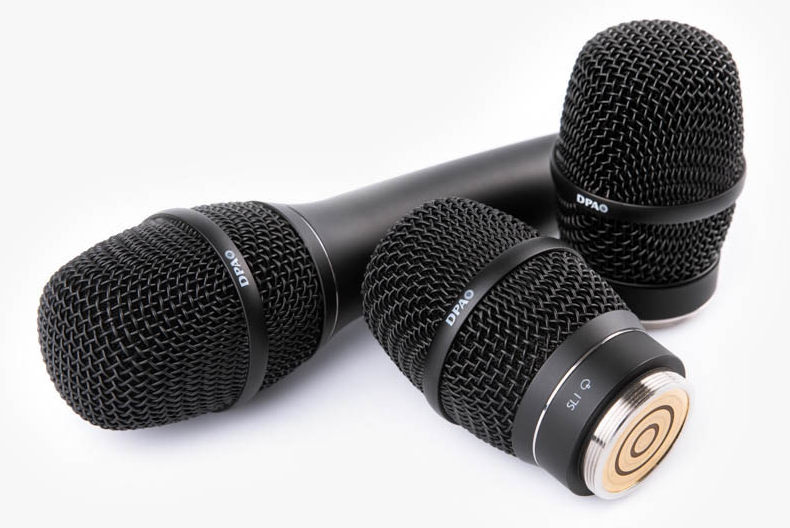
During sound check, he asked if it was OK to play his harmonica into the mic, asking first because he didn’t want to inadvertently damage. I replied that as long as he kept the volume under 160 dB, we were good. (As you might guess, that resulted in a quizzical look from him.) For this application, sonic quality was dialed right in, and in my role as the mix engineer for the event, I quickly developed deep appreciation for the mic’s off-axis rejection.
Another stop was a corporate event where the 2028 served as the mic for the announcer introducing the presenters and the recipients of awards. He had a deeply timbered bass voice and held the mic close to his mouth, and at the console, I backed off a little bottom end and it resulted in a great sound.
One More Time
Finally, we returned to the church where we started, this time to utilize the 2028 for a holiday event. It featured the same praise band, but this time we provided the mic to a male vocalist who has a nice tone but doesn’t sing very loudly.
We had absolutely no trouble bringing his level up over the energetic band, and I mostly attribute this (again) to the off-axis rejection. In my view, it’s this mic’s best feature, allowing singers to stand next to loud amps and/or wedges while delivering almost nothing but vocal that’s easy to place above the sound of the band.
The DPA 2028 vocal microphone is a winner. To sum up, it offers a smooth frequency response with little coloration and there’s the aforementioned off-axis rejection. On top of that, it’s rugged with great looks, has a very good feel in the hand, and comes with exceptional pop and noise filtering. Anyone looking for a premium vocal solution, particularly on loud stages, as well as a great-sounding and exceptionally consistent mic to have available in a rental inventory, should have it at the top of list. Find out more about it here.
NOTE: Both handheld and wireless capsule versions of the DPA 2028 are usually offered for a U.S. MSRP – Handheld/Wireless Capsule of $699.95, but it is currently available at a promo price of $599.95 ($100 discount).


